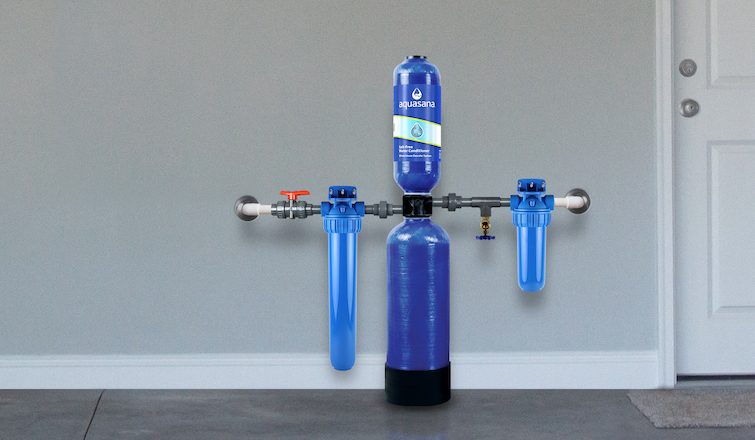
Water Softener Setup, Reverse Osmosis, and Water Treatment
Installing a Water Softener is a essential step for households dealing with hard water. Hard water, characterized by high mineral content, primarily calcium ions and magnesium ions, can result in various issues, such as scaling in pipes and devices, reducing their efficiency and lifetime. Setting up a water softener can efficiently tackle this problem. These systems operate by exchanging the calcium and magnesium ions ions in the water with sodium ions, thereby softening up the water. While the installation process, which entails connecting the water softener to your house's water supply line, might appear straightforward, it is recommended to hire a professional to make sure safe installation and correct installation.
On the other hand, Reverse Osmosis and Treating Water are integral to purifying water and making it safe for consumption for drinking. Reverse Osmosis is a process that cleans water by pushing it through a semi-permeable filter under high pressure, effectively removing up to 99 percent of dangerous substances, including salts, bacteria in water, and pyrogens. Water treatment, a more general term, covers several methods like like disinfecting, filtration, and distillation, each with its own pros. The choice of method of method is based on the specific requirements of the water source and its purpose, underscoring the need of regularly water testing of water quality.
Introduction
In the current world, the significance of pure, secure, and soft water can not be overstated. This write-up will discuss three important elements of water filtration: Water Softener Setup, Reverse Osmosis, and Water Purification.
Water Softener Installation
Water softeners are essential for homes with hard water. Hardened water includes high levels of minerals like calcium and magnesium ions, which can cause scaling in pipelines and appliances, reducing their efficiency and life span.
Installing a water softener is a pragmatic solution to this challenge. A water softener functions by exchanging the calcium ions and magnesium ions in hard water with sodium, effectively softening the water. The installation method entails linking the water softener to your house's water supply line. It's advised to engage a expert for the installation to make sure it's carried out right and securely.
Reverse Osmosis
Reverse Osmosis is another popular technique for filtering water. It works by pushing water throughout a semi-permeable filter under pressure. This method eliminates up to 99% of dissolved salts, particles, organics in water, bacteria in water, and pyrogens in water from the water, rendering it safe for consumption.
RO systems are often used in both of residential and industrial environments. They are relatively easy to set up and preserve, offering a dependable source of supply of filtered water.
Water Treatment
Water treatment is a wide term that encompasses numerous methodologies utilized to make water safer to use for human consumption. In addition to water softening and reverse osmosis, other typical water treatment methodologies incorporate disinfecting (using chlorine treatment or UV light treatment), filtration, and distillation.
Every methodology has its benefits and is employed based on the certain requirements of the water source and its intended use. Regular testing of water quality is crucial to determine the most efficient purification methodology.
Wrap-up
In wrap-up, water softener installation, reverse osmosis, and water treatment are all essential elements of guaranteeing access to clean, safe, water. By comprehending these procedures, we can make educated choices about our water consumption and treatment, contributing to to better lives and a better planet.
No comments:
Post a Comment